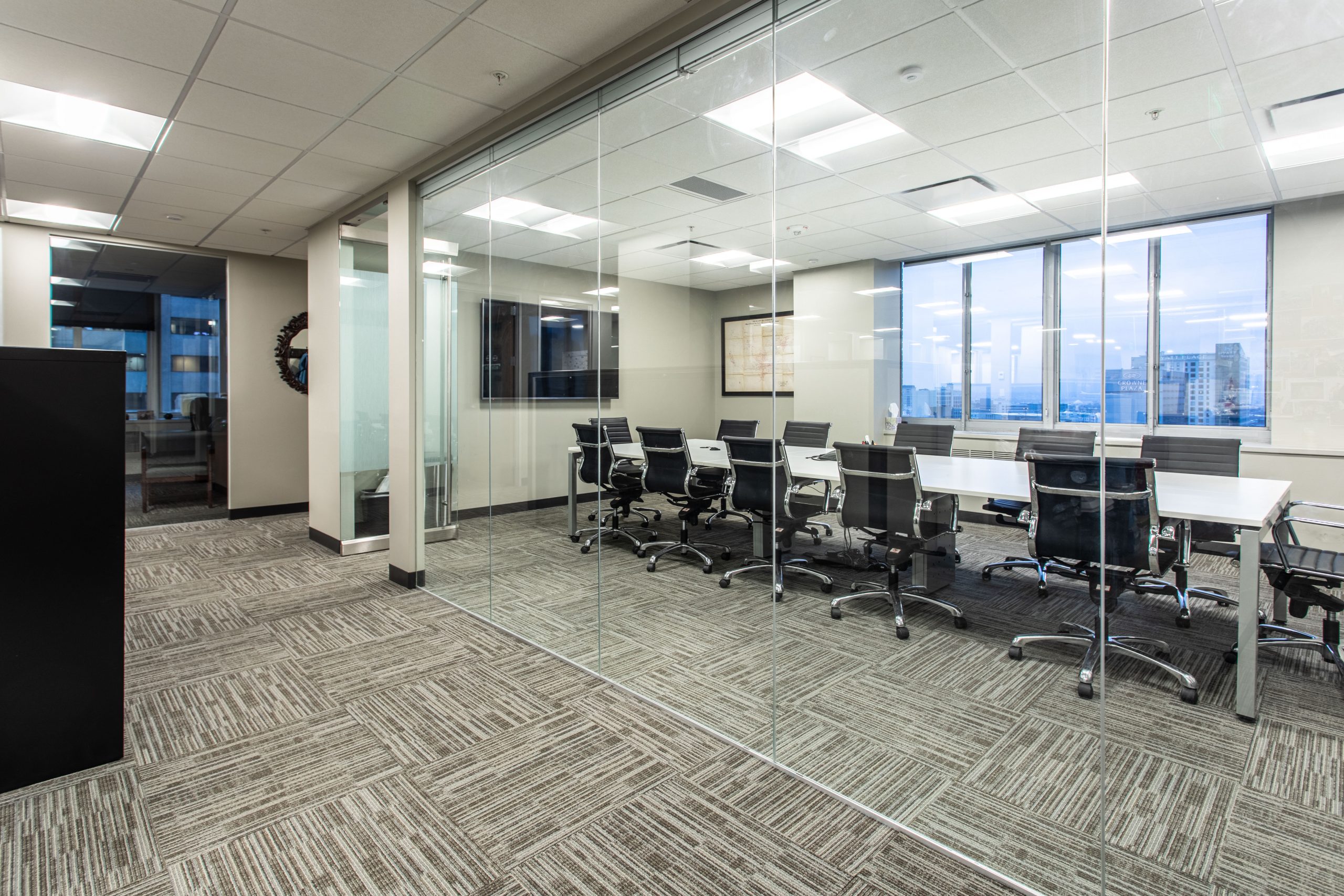Resource Guide: How to Re-Open Your Office
There are many factors to consider as you look to re-open your office while navigating COVID-19. With so much information out there, it can be hard to know where to start. Here are some helpful tips and resources for creating a plan that supports employee health and safety, while allowing you to resume your ‘normal’ business operations as much as possible.
Finding the Right Time
Across the US, different states and municipalities are lifting stay-at-home orders, including in Colorado. It’s important to understand the scope of these new orders before making a decision to re-open your office. We recommend reading these orders in full to see how they might impact your specific business. While Colorado’s state government has issued guidance, there is no mandate as to when you should open. Make the best decision for your employees and business.
Resources:
The Denver Post: FAQ about new “safer at home” phase of Colorado’s coronavirus response
Colorado Public Radio: Gov. Polis’ “safer at home” guidance breakdown
City of Denver: COVID-19 Resources
State of Colorado: COVID-19 website and updates
Denver Metro Chamber: COVID-19 Resources for Businesses
Designing a New Kind of Space
The pandemic has led many design experts to reimagine office layouts. While it’s too soon to tell how this will impact the office of the future, in the near-term there are some specific space considerations re-opening businesses should take into account. The clearest rule is to implement social distancing measures within your office. This means decreasing the density of individual work spaces and limiting use of communal spaces. There are even some ideas around creating one-way walking patterns in the office to limit how often people interact. And if you currently use a ‘hoteling’ system with open seating, consider assigning designated seats for all employees to limit unneeded exposure.
Resources:
Denver Business Journal: Denver offices need to adapt after COVID-19. Here’s what’s most likely to change.
Gensler: Design responds to a changing world
IA Architects: What Happens When We Return to the office
Elements/Knoll: Considerations for Returning to a Healthy Workplace
Duet Design Group: Post-Pandemic Restaurant Design
Ensuring Health and Safety Measures
Top health officials expect COVID-19 to stay with us for quite some time. Once we get through this initial peak, maintaining social distancing, implementing health checks and increasing sanitation measures will be paramount to the health and safety of your employees. While not yet widespread, some landlords are considering temperature checks for employees and visitors entering their buildings. At the very least, be prepared to increase your office cleaning protocol. It’s also important to remember that your employees’ mental health and well being will be affected as they return to a not-so-normal workplace.
Resources:
Gensler: How Should Office Buildings Change in a Post-Pandemic World?
Centers for Disease Control: Resources for Businesses and Employers
OSHA: COVID-19 Control and Prevention
National Institute of Mental Health: Supporting Mental Health During COVID-19 Pandemic
Managing Your Team
Working from home has become the new norm for many of us. Re-opening your office may provide a welcome solace for people wanting some heads-down focus time and human interaction. For others, it may cause some anxiety. Be aware of your employees’ state of mind and help set the tone for reopening with clear communication, expectations and support. To help limit the number of people in your office at once, consider implementing a staggered schedule for employees who want to come in. By grouping teams who need to work together, you can instill a stronger sense of camaraderie and productivity. Also consider the individual schedule needs of employees during this time – some may need continued flexibility to care for older family members or children who can’t go to school.
Resources:
Denver Metro Chamber: Managing Employees Through COVID-19
White House/CDC Guidelines: Opening Up America Again
BCLP: U.S. Employer Guidance for Reopening the Workplace
Tributary is here to help you consider your office solutions and strategy during this uncertain time. Click here for a downloadable version of this guide.










